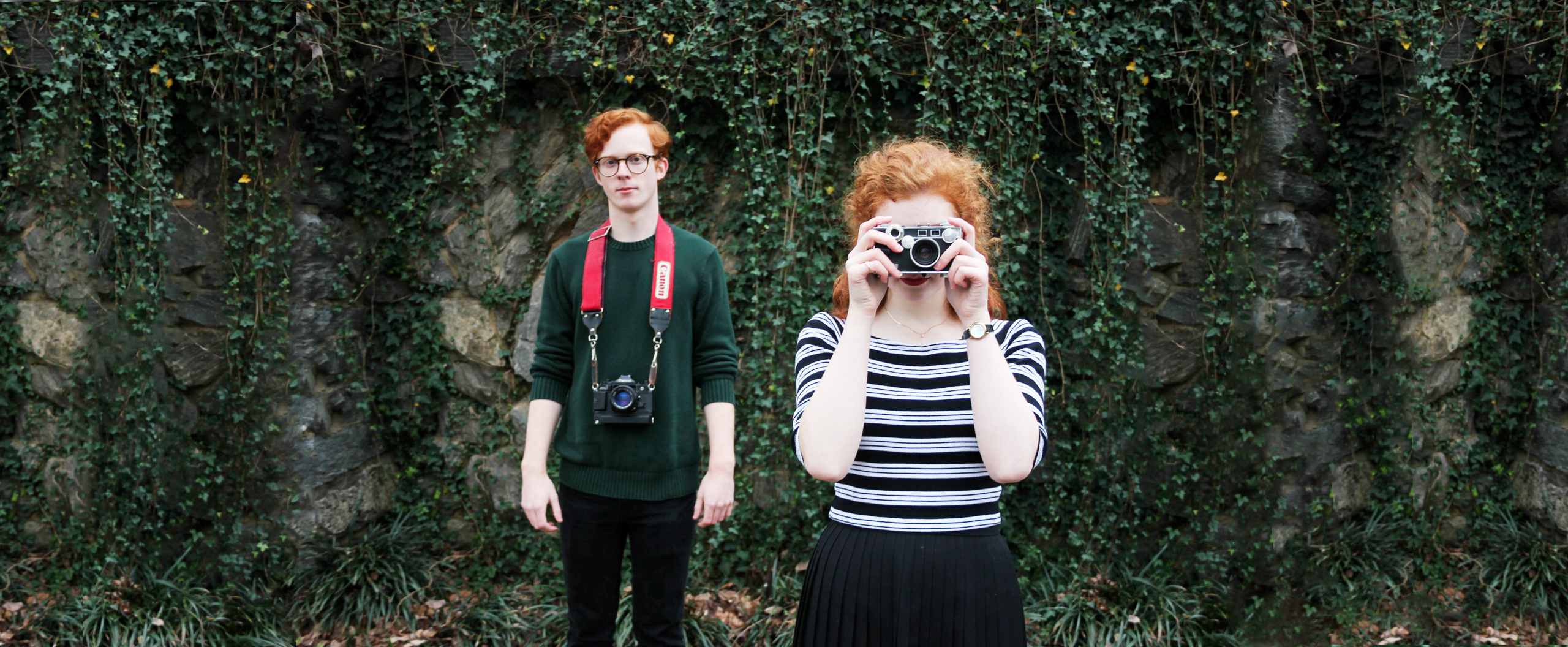

Hiratsuka Hachimangu Shrine,formerly known as Tsurumineyama Hachimangu Shrine,is an ancient shrine dedicated to the spirits of Emperor Ohjin, his mother the legendary Empress Jingu and Takenouchi-no-sukune.
The origins of the shrine date back to the 68th year of the reign of Emperor Nintoku(A.D.381),when a major earthquake hit and destroyed the region. The emperor saw the distress of his people, so he enshrined Emperor Ohjin, who was Emperor Nintoku’s father, as the deity of the shrine and prayed for the relief of the country.
According to the ancient records written in the Tempyou Shoho Era (A.D.789-757),Emperor Kenzo(450-487)established the ritual of setting a table for the deity of the shrine. Every year he dedicated rice, millet, wheat and soybeans to the shrine. In addition, Emperor Ninken(449-498)donated more than 4,000“cho”(approx.39.67km2,9,800acres)of his land to the shrine.
During the reign of Empress Suiko(554-628),a big earthquake hit the region again.The empress saw the sorrow of the people, so she enlarged the shrine by constructing a palace on the grounds. She wrote the prayer “Chinji-Okami ”(God for the peaceful land),and dedicated it to the shrine for the protection and tranquility of the land.Emperor Temmu(?-686)is said to have offered 2/3 of the tax collected from his land to the shrine,and Emperor Mombu(683-707)dedicated his treasured sword called
“Ameno-haruhiko.”
Emperor Shomu(724-749)is said to have recited Hokekyou1, or Lotus Sutra, at the shrine, regarding it to be the only sacred place in the whole Soushu, or Sagami Region (now Kanagawa Prefecture)2.
In 1O87,Sakuragaoka Hachiman Shrine was founded in Yamaguchi,Takayama City,Gifu Prefecture as a daughter shrine of Hiratsuka Hachimangu Shrine. Sakuragaoka Hachiman Shrine was formerly ranked as a Gousha, the biggest shrine of the village. This daughter shrine is also Hongu(the main shrine)of Sakurayama Hachiman Shrine,which is famous for the Takayama Festival.
According to Azuma Kagami3,in 1193 Minamoto-no-Yoritomo(1147-1199,the founder of the Kamakura Shogunate),dedicated a god horse(a messenger to the gods)to Hiratsuka Hachimangu Shrine in order to pray that his wife would have an easier childbirth.
In 1592,Tokugawa Ieyasu(1542-1616,the first Shogun of the Tokugawa Shogunate)dedicated crops of some 50“koku”(approx. 7,500kg, 16,500 pounds)to the shrine,During the Keicho Period(1596-1615)of the Edo Era, he worshipped at the shrine himself, and ordered his Bizen-no-kami(a guard in Bizen area ・・・ currently in Okayama Prefecture),Ina, to reconstruct the shrine.
In 1647,the Edo Shogunate donated two big forests to the shrine as resources for building and repairs.
In1766,Honyo Kanshin, a Buddhist priest in Hiratsuka4, dedicated a bronze“torii”(a sacred gate)that he purchased with the donations he had collected overl8years.This story is written on the bronze“torii,”which stands at the entrance of the shrine.
In1874,the government changed the name of the shrine to Hachiman Shrine.
In1895,Emperor Meiji's daughters,Tsuneno-miya and Kaneno-miya,worshipped at the Hachiman Shrine.The two princesses planted a pine tree at the entrance of the shrine and released red carp into the sacred pond.
Since its foundation, Hachiman Shrine has been regarded as a place for“Chinji-Okami ”(God for the peaceful land).The tutelary deities of Emperor Ohjin and the legendary Empress Jingu are believed to be the gods that take away misfortune and bring good fortune.Emperor Ohjin has also been worshipped as the god of culture, as he had introduced many cultural arts from China into Japan. The legendary Empress Jingu has been revered as the goddess of motherly love from the Nara(710-784),the Heian (794-1192)and the Tokugawa(1603-1867) Eras to this day. She has been a guardian angel for expectant mothers, students and soldiers.
Currently, many worshippers visit the shrine frequently from neighboring towns like Yokohama, Kawasaki, Tokyo and Shizuoka.
In 1953,Hachiman Shrine was added to a representative list of famous national shrines established by Jinja Honcho(the Association of Shinto Shrines)in honor of its serious dedication to the spirits of its deities.
In August 1978, the name of the shrine was changed to “Hiratsuka Hachimangu,”which reminds people of the historical name.
Boasting its history of over 1,600years, Hiratsuka Hachimangu continues to serve as a shrine that shows the gods' overwhelming power.
Notes:
1.The Hokekyou(Lotus Sutra)is the teaching in which the Lord Shakya“forthrightly abandons expedience and only preaches the Supreme Way.”
2.According to the revised Sagami Fudoki(topography of Sagami region) regarding Hachimangu Shrines written in 1638.
3.“Mirror of the East,” a diary of events occurring in Japan between 1180 and 1266.
4.Hiratsuka was one of the 53 post towns along the Tokaido Highway during Edo era.